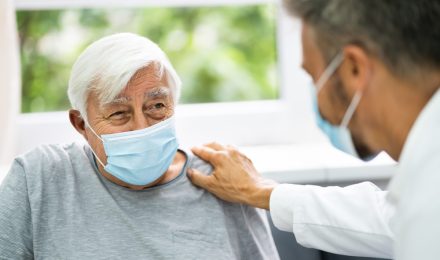Contents
Introduction
The child tax credit is a wonderful incentive meant to provide some financial relief from the increasingly expensive task of raising children. This is a tax break that will apply when you file your taxes each year with the IRS, and will result in either a tax refund or a lowering on the amount you are due to pay the government in taxes, depending on your current tax bracket.
This credit is part of the American Rescue Plan put forth by the White House, and is reportedly providing financial relief to families at a level that has been unmatched previously. [1]
How Much Can You Get Back?
The government understands that raising children is becoming more expensive each year and has taken action to help. The benefit amount has increased several times, most recently in 2024. That year, the standard amount rose from $2,000 to $3,600 per young child. Parents now receive about $3,600 for each child under 6 and $3,000 for each child aged 6 to 17. [2]
This plan stands out because it helps many families, not just those living below the poverty line. Working families qualify for the full tax credit if their income is up to $150,000 in a two-parent household or $112,500 in a single-parent household.
But What If I Don’t File A Tax Return?
Some people don’t earn enough each year to need to file taxes. However, they can still claim this benefit if they have children in the eligible age range. To help, the government partnered with the non-profit Code for America to create a sign-up tool for “non-filers.” This tool works on computers and mobile phones and is also available in Spanish.

You can get monthly payments of $200 to $360 per child by applying. To qualify, you must sign up by November 15. If you miss the deadline, you can still claim the full $3,600 by filing your taxes the next year.
You can access the online form for non-filers by visiting www.getctc.org/en
How This Plan Helps
Over 90% of families with eligible children will receive this tax credit, with the average family getting more than $4,800 annually. The program now ensures lower-income families receive similar benefits to middle- and higher-income families, a significant shift from how it worked in the past.
Lower-income families can also qualify, even if they are not working due to unemployment, disability, or other barriers like medical needs.
These changes are expected to reduce the child poverty rate from 13.7% to 11.3%. Experts predict the overall percentage of children living in poverty could drop to 6.5%, cutting the current rate in half.
The Child Tax Credit is a bold step to improve the lives of children, parents, and caregivers across the country.
Sources
- [1] The Child Tax Credit | US Department of The Treasury
- [2] How the expanded 2021 child tax credit can help your family | Internal Revenue Service
- [3] The Child Tax Credit Grows Up To Lift Millions Of Children Out Of Poverty | Forbes.com
Contents
Introduction
The child tax credit is a wonderful incentive meant to provide some financial relief from the increasingly expensive task of raising children. This is a tax break that will apply when you file your taxes each year with the IRS, and will result in either a tax refund or a lowering on the amount you are due to pay the government in taxes, depending on your current tax bracket.
This credit is part of the American Rescue Plan put forth by the White House, and is reportedly providing financial relief to families at a level that has been unmatched previously. [1]
How Much Can You Get Back?
The government understands that raising children is becoming more expensive each year and has taken action to help. The benefit amount has increased several times, most recently in 2024. That year, the standard amount rose from $2,000 to $3,600 per young child. Parents now receive about $3,600 for each child under 6 and $3,000 for each child aged 6 to 17. [2]
This plan stands out because it helps many families, not just those living below the poverty line. Working families qualify for the full tax credit if their income is up to $150,000 in a two-parent household or $112,500 in a single-parent household.
But What If I Don’t File A Tax Return?
Some people don’t earn enough each year to need to file taxes. However, they can still claim this benefit if they have children in the eligible age range. To help, the government partnered with the non-profit Code for America to create a sign-up tool for “non-filers.” This tool works on computers and mobile phones and is also available in Spanish.

You can get monthly payments of $200 to $360 per child by applying. To qualify, you must sign up by November 15. If you miss the deadline, you can still claim the full $3,600 by filing your taxes the next year.
You can access the online form for non-filers by visiting www.getctc.org/en
How This Plan Helps
Over 90% of families with eligible children will receive this tax credit, with the average family getting more than $4,800 annually. The program now ensures lower-income families receive similar benefits to middle- and higher-income families, a significant shift from how it worked in the past.
Lower-income families can also qualify, even if they are not working due to unemployment, disability, or other barriers like medical needs.
These changes are expected to reduce the child poverty rate from 13.7% to 11.3%. Experts predict the overall percentage of children living in poverty could drop to 6.5%, cutting the current rate in half.
The Child Tax Credit is a bold step to improve the lives of children, parents, and caregivers across the country.
Sources
- [1] The Child Tax Credit | US Department of The Treasury
- [2] How the expanded 2021 child tax credit can help your family | Internal Revenue Service
- [3] The Child Tax Credit Grows Up To Lift Millions Of Children Out Of Poverty | Forbes.com






